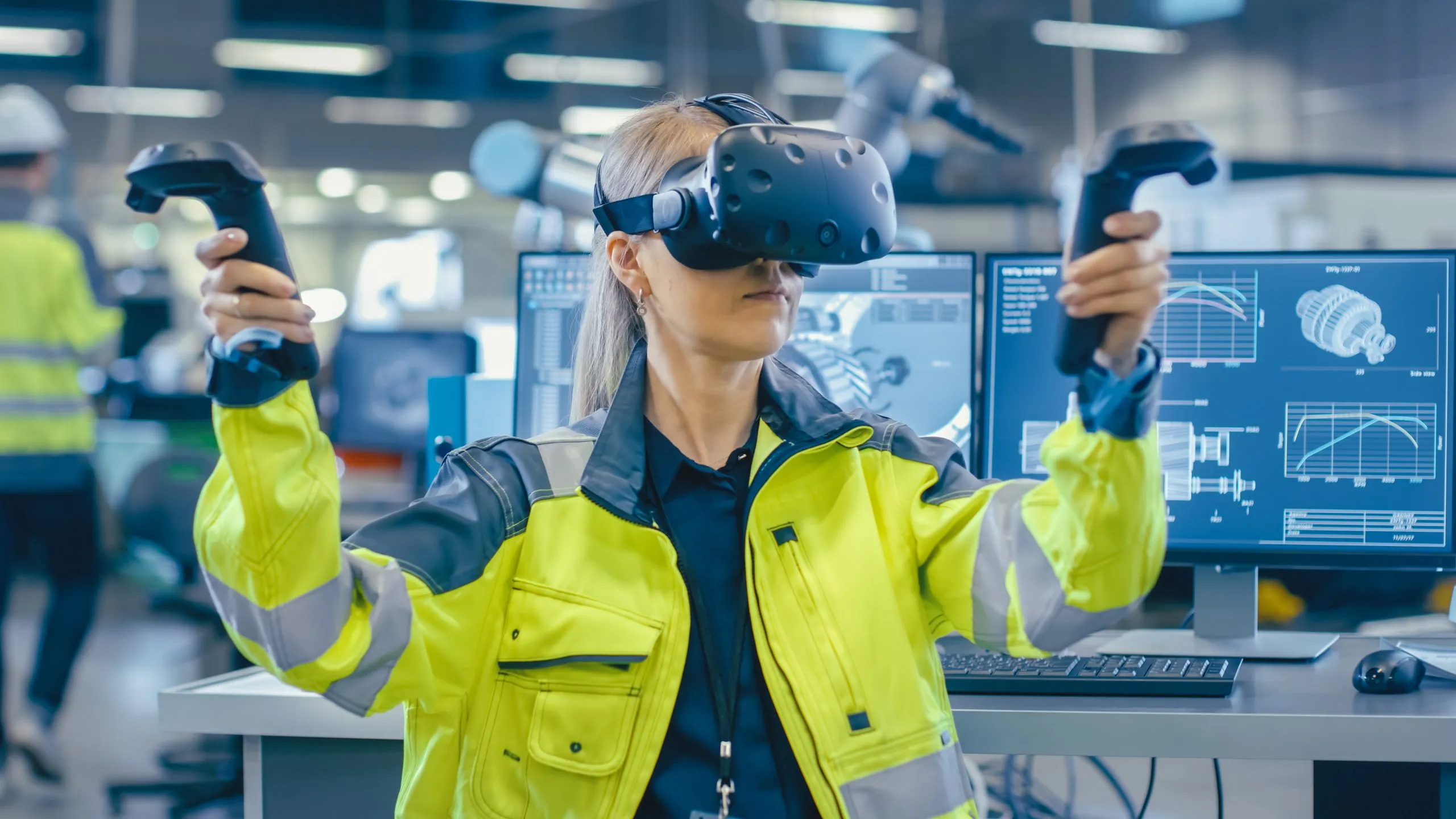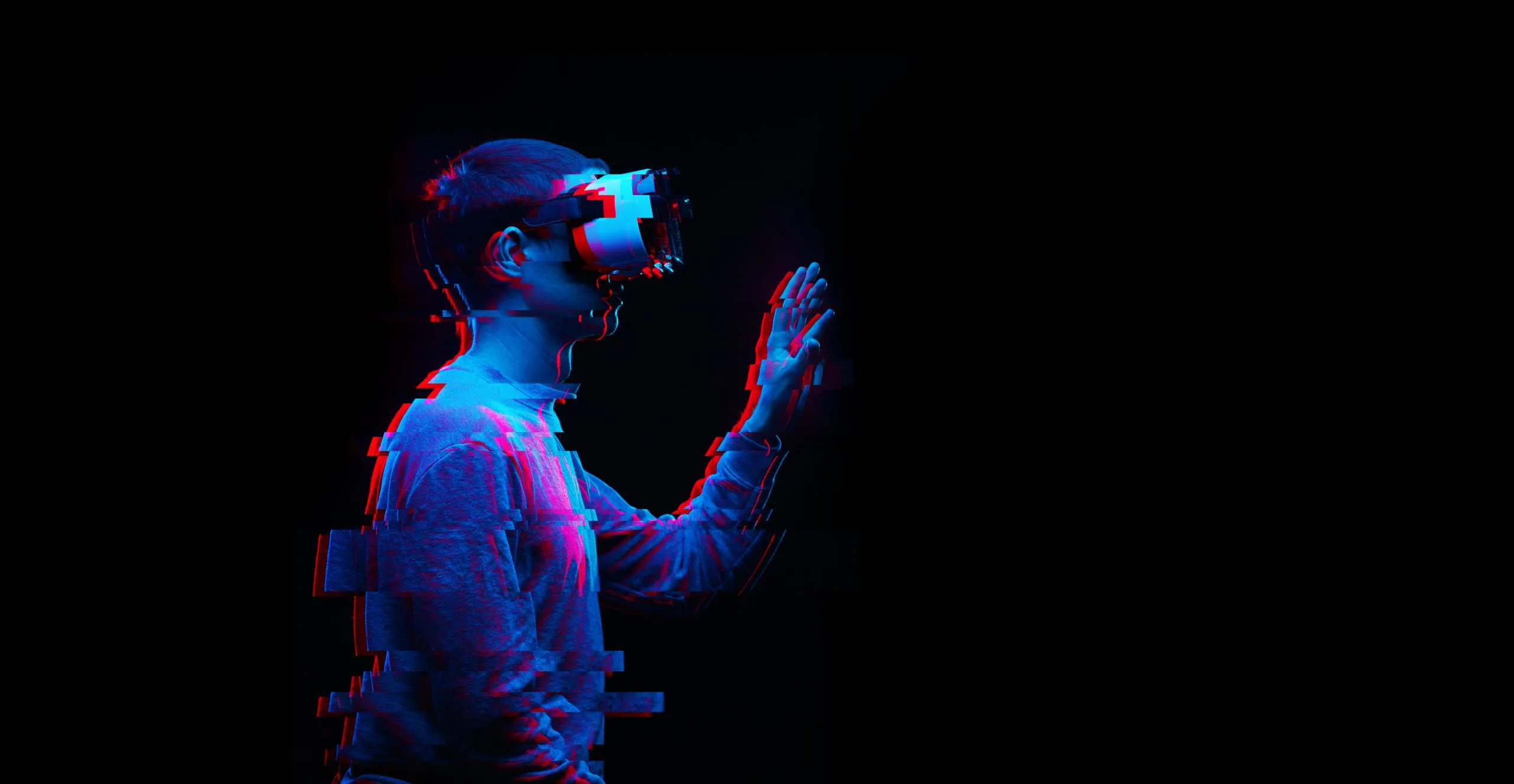VR Meets HR: Enterprise Solutions for a Covid-world (and Beyond)

Putting the “new” in “new normal.”
For many, WFH is a dream come true — unless you have no idea what you’re doing. Almost half of the U.S. workforce continues to work remotely and companies and employees alike have adjusted to the “new normal.” But while the transition to remote work was the first challenge, an on-going struggle is figuring out how to onboard and train employees from home. As companies continue to extend remote work policies (sometimes indefinitely), they’re still looking for the best way to instruct new hires on policies, procedures, and work culture — all without the ease of in-person interactions. And because traditional e-learning can only do so much, companies are increasingly turning to Virtual Reality to optimize training for all.

In 2017, firms in the U.S. alone spent about $93.6 billion on training and related costs (equipment, travel, etc.), and while budgets may be shrinking, companies still need to train new hires and help current employees continue to grow. With the added challenge of working remotely, Virtual Reality stands out as a way to guarantee successful and efficient training. VR is an investment that pays for itself, and even saves money in the long-term.
Trusted by Fortune 500 companies such as Walmart, UPS, Verizon, Intel, and others, it’s gaining steam for a good reason. Compared to traditional e-learning modalities, VR can train employees 4x faster and help to quickly up-skill an entire company. And employees are keen on VR, too – in a study conducted by Intel, 94% of trainees said they would like more VR courses for training.

Adapting to new technology may be daunting for some, but the appetite for compelling content is only growing. As firms take their time to modernize their approach to L&D, the bounty of streaming services and video sharing platforms is not just hypnotizing teenagers – it’s rapidly raising the bar for digital media.
Gone are the days of low production values, subpar graphics, and long-winded content. Producers of every type of media need to rethink their strategy with an eye on keeping things concise, direct, and high quality. Onboarding and on-the-job training are not exempt from these new rules, either. Instead of reusing the same videos and e-learning modules year after year, companies must consider employing new methods such as VR if they want to retain top talent and keep their workforce focused.

If you’re ready to take the first step (or even a baby step!) and would like more information on augmented and virtual reality software development, virtual reality development cost and virtual reality programming, please feel free to reach out to us at CXR.Agency. Check out our VR case studies to see the kind of work we can do.
At CXR.Agency, we make sure to keep our finger on the pulse of all things AR, VR and XR. Our mission is to reimagine how people interact with brands. To disrupt the status quo and uncover values others can’t find. To solve tomorrow’s business challenges in thoughtful, elegant ways. We aim to be strategic leaders in emergent technologies, innovators in user experiences. Our mission is to arm businesses for digital revolution.